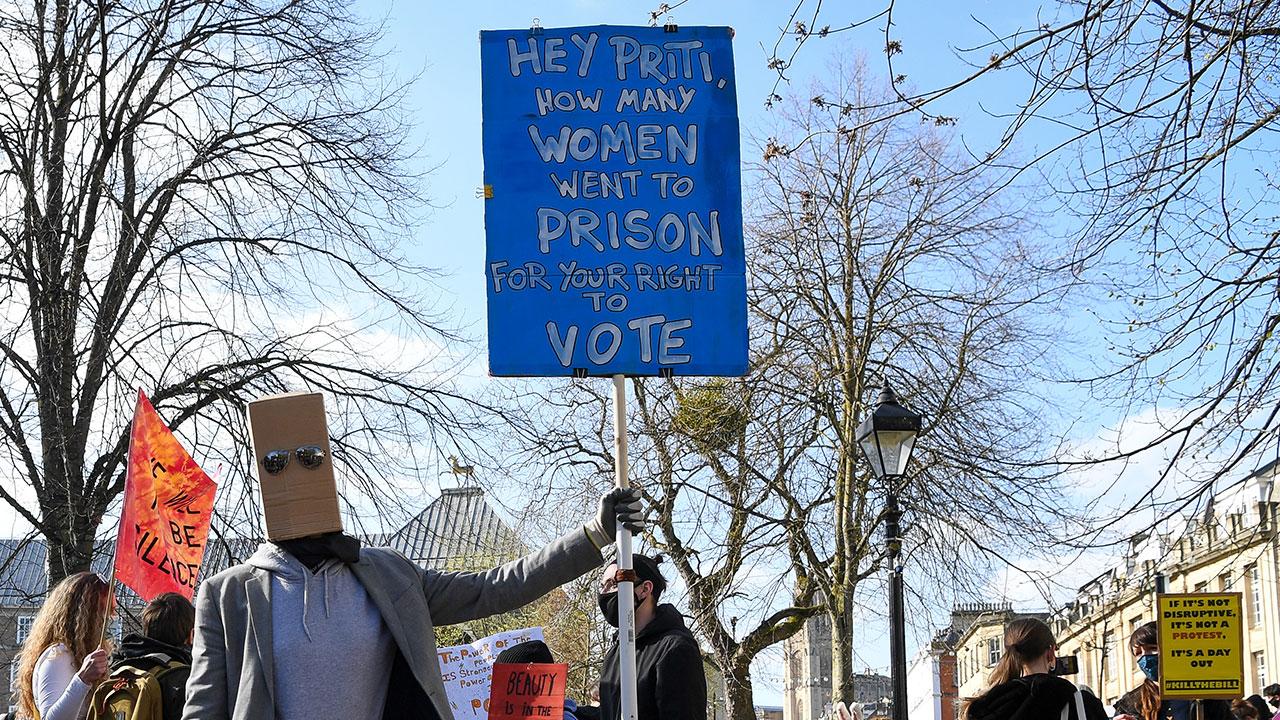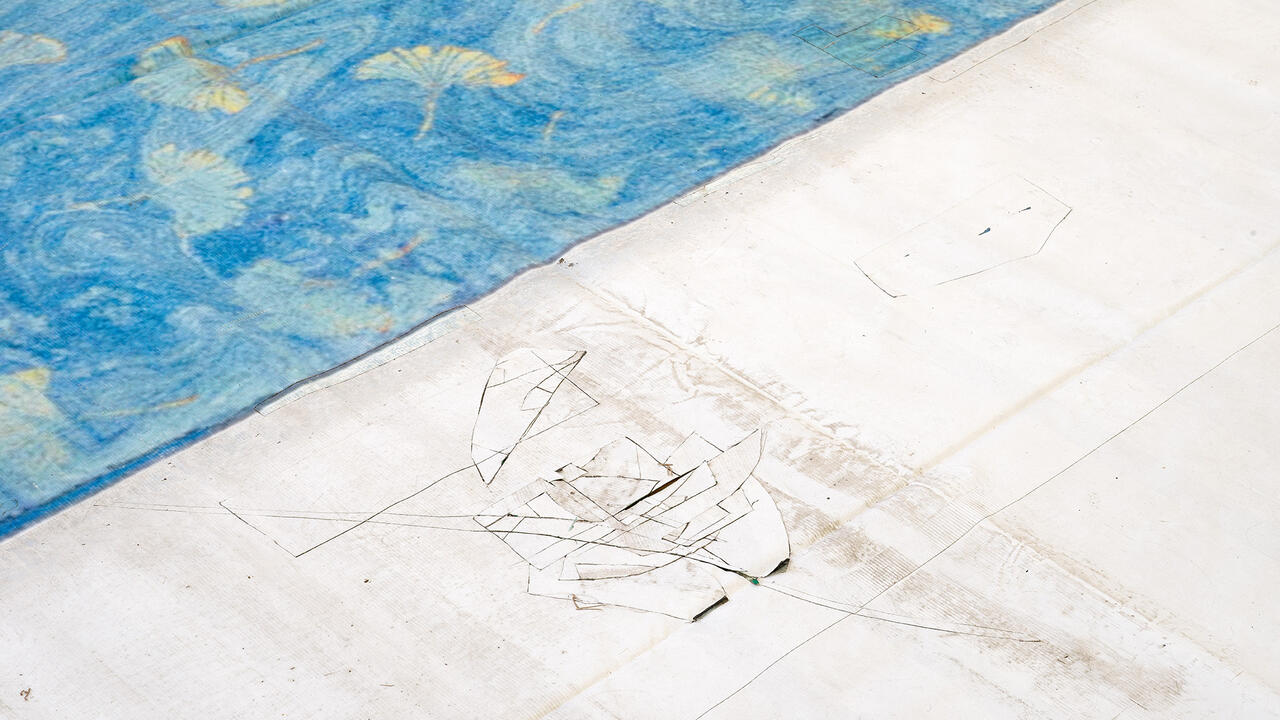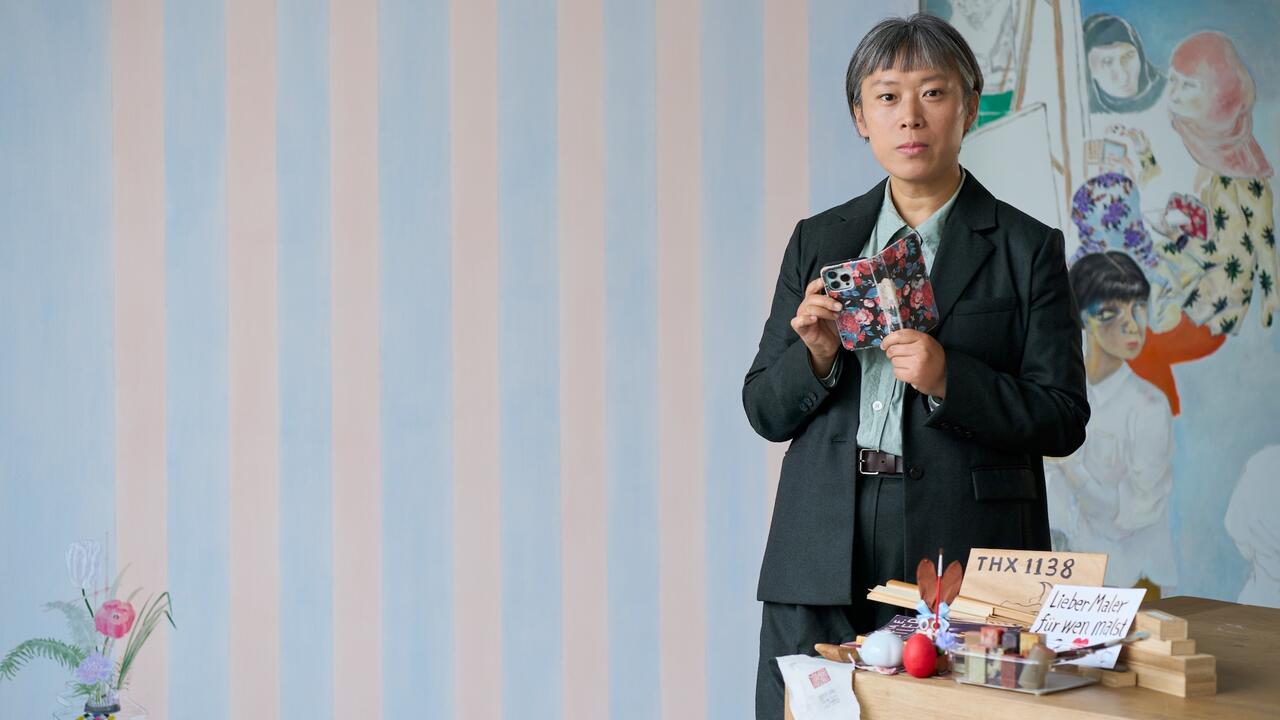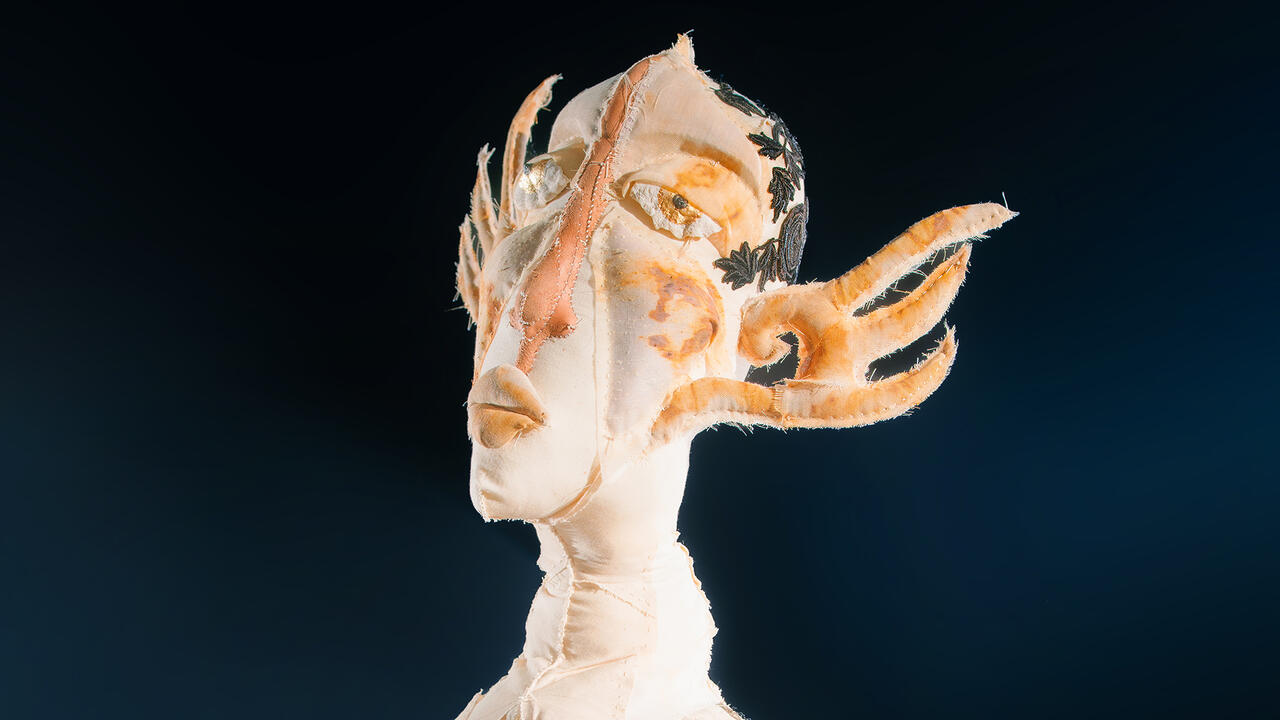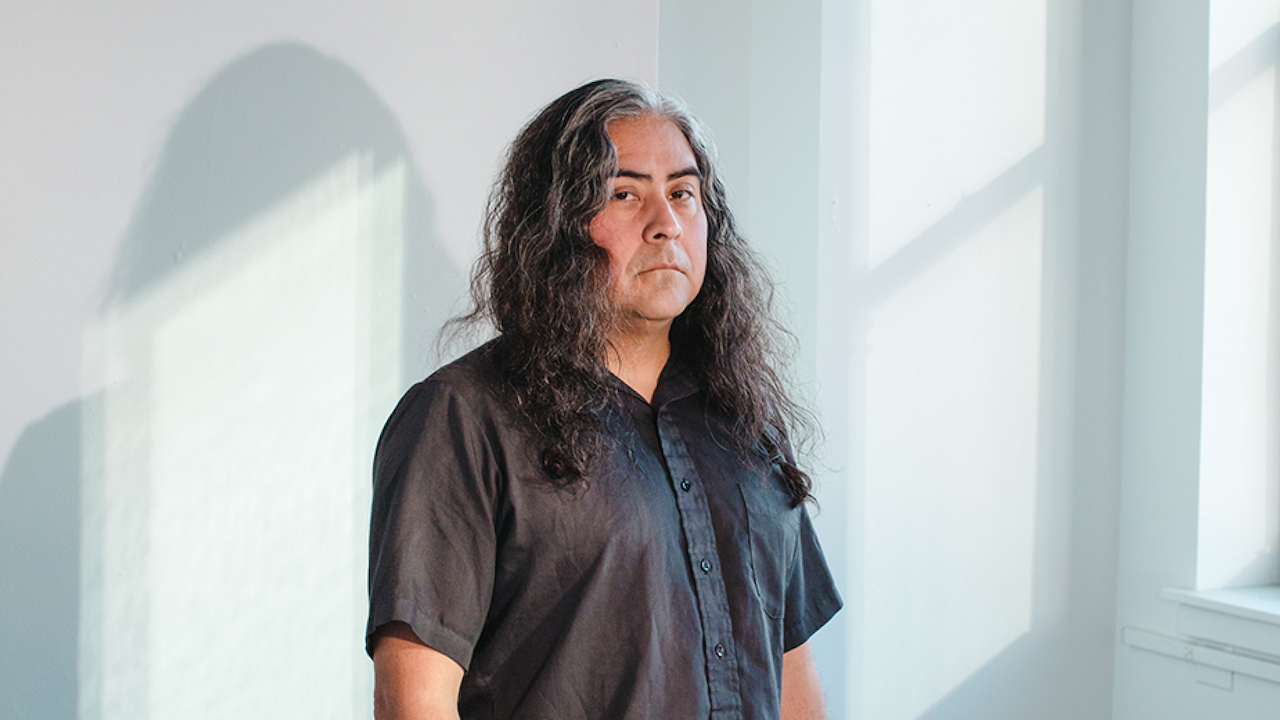Creative Accounting
W.A.G.E.’s fight for artist fees
W.A.G.E.’s fight for artist fees

Crunching numbers during a marathon board meeting lacks the drama of an artist reclaiming his sculpture from New York’s Museum of Modern Art. But Takis’s heist, which in 1969 inaugurated the Art Workers’ Coalition (AWC), is not entirely disconnected from the budgeting policies developed by the activist group Working Artists and the Greater Economy (W.A.G.E.). The group’s project – to certify non-profit art institutions that pay artist fees – is informed by lessons from the AWC archives, some of which, incidentally, are today housed at MoMA. The short-lived AWC and its disparate supporters voiced a multitude of demands, ranging from better representation of artists of colour to making museum admission free and extending artists’ control over the exhibition of their work. W.A.G.E.’s gambit focuses on one specific goal: getting artists paid.
Organizer Lise Soskolne describes W.A.G.E.’s method as ‘administrative direct action’. Other strategies have included cheekily writing a script for non-profit directors to announce to their boards that an artist-fee policy has been adopted, and posting a video online calling out DOCUMENTA (13)’s artistic director, Carolyn Christov-Bakargiev, for her allegedly blasé attitude towards artist fees. To formalize payment, W.A.G.E. launched a voluntary certification programme in 2014 for non-profit art institutions that devote a budget line to artist fees and adhere to W.A.G.E.’s fee schedule.
W.A.G.E. Certification tackles a trio of problems faced by artists, the first and most pressing of which is non-payment. W.A.G.E. was founded in New York in 2008 by a group of friends who, says Soskolne, ‘were doing well in their art careers, but were constantly broke’. Via informal meetings, public assemblies and conference speeches, W.A.G.E. spread the open secret that artists regularly go uncompensated for supplying non-profit institutions with the content that is the basis of their existence. To back anecdotes with figures, W.A.G.E. ran a survey in 2010, in which 54 percent of New York-based respondents reported an experience of non-payment. As activist and labour scholar Andrew Ross wrote 15 years ago, the most generous subsidy to the arts comes courtesy of artists themselves. Today, discounted labour – from unpaid internships to user-generated content – is a generally accepted accounting principle across the creative industries. It’s a bargain W.A.G.E. isn’t buying.
The second problem, which underpins the first, is the budgeting practices of non-profit galleries. Soskolne points to a lack of consistency in artist fees, clarity about fair payment, budget transparency and equity in a bookkeeping model that accounts for staff salaries but excludes artist fees. Any effort to confront these problems exposes the third: disaggregation.
The artists W.A.G.E. advocates for are mostly multiple job-holders with no single or shared employer. It’s a constituency that exists in an industrial-relations void. As art historian Julia Bryan-Wilson puts it: to whom do artists direct their demands? How do artists respond as a group to the payment problem when they don’t have a clear employer, are spatially dispersed and may not even see themselves as ‘workers’? In other sectors where precarious work thrives, such questions have spurred what labour advocate Josh Eidelson calls ‘alt-labour’, or groups that organize workers who, for legal or other reasons, can’t join unions and so rely on direct action, legal contests and other tactics to safeguard livelihoods. W.A.G.E. Certification, then, is an alt-labour strategy for artists.
From the start, W.A.G.E.’s slogan has been: ‘We demand payment for making the world more interesting.’ Yet certification directly addresses the material conditions of art production in contemporary capitalism: an oversupply of labour that normalizes foregoing artist fees, the unevenness between those who create art and those who profit from its sale, and rising costs of living, education and rent – particularly in art centres like New York. ‘Artists can’t afford to live there anymore,’ says Soskolne. ‘People are either leaving or they’re becoming rabid entrepreneurs to support their practices; it’s affecting the quality of life and also the quality of work.’ Creating permanent space for artist fees on the ledger is no panacea for the sweep of political-economic forces shaping conditions for artists working today, but it ‘cracks open a problem’, says Soskolne.
W.A.G.E. piloted Certification at New York’s New Museum in 2010, when it negotiated fees for the show ‘Free’. In 2014, a group of artists, curators and researchers met for a two-day W.A.G.E. Summit to fine-tune Certification, outlining a fee schedule and debating principles for determining fair compensation. (For example, should the fee be based on the notion of a ‘living wage’? Should Certification cover the salaries of gallery employees?)
W.A.G.E.’s fee schedule itemizes 14 categories of artistic activity, ranging from a solo exhibition to an artist talk, and sets three fee levels: a floor rate for institutions with total annual operating expenses (TAOE) below $500,000 USD (£325,000 GBP), a minimum wage for institutions with TAOE above $500,000 USD and a maximum cap for those with TAOE over $15 million USD (£9.75 million GBP). According to W.A.G.E.’s interactive fee calculator (www.wageforwork.com/calculator), an artist should be paid $1,000 USD (£650 GBP) for a solo exhibit at, say, the Slought Foundation in Philadelphia, and $10,000 USD (£6,500 GBP) for a show at The Metropolitan Museum of Art, New York. ‘The greater the means, the greater the fee,’ Soskolne explains.
The scale can slide so low that the fee is essentially symbolic ($30 USD, £20 GBP, for a lecture, for instance). Yet, money is a powerful symbol. Certification requires that institutions write into their books the assumption that artists, like all workers, should be paid, which makes the programme about much more than merely inserting rows on spreadsheets. ‘Artists need to learn to value their work from the point at which they enter the sector,’ says Soskolne. ‘If you don’t have a minimum, you have no place to start from – and, therefore, no place to go.’
In 2014, Artists Space in New York was the first to become W.A.G.E. Certified, joined this year by Art League Houston, FD13 Saint Paul, and The Artist’s Institute and Issue Project Room New York. Soskolne anticipates certifying several more non-profits by spring. Certification boosted its profile through a W.A.G.E. fundraising campaign last autumn, which netted almost $53,000 USD (£35,000 GBP) from over 700 artists, curators, gallerists and directors. Now a registered non-profit, W.A.G.E. has a board and pays Soskolne for her organizational work. Beyond stabilizing W.A.G.E., the fundraiser publicized a list of supporters, which, for Soskolne, reveals ‘a sense of solidarity within the art world,’ countering the keep-your-head-down routine and the calculated networking rationality that are tempting default ways to get by, if not ahead, in the informal, high-stakes art economy.
A work in progress, Certification faces tough questions from sceptics and supporters alike: Does self-regulation too neatly align with the impulse of neo-liberalism? Will the idea of a minimum fee set by a third party aggravate a vocational distaste for bureaucracy? Will allocating money to artist fees make programming at micro galleries difficult to sustain? Soskolne says that paying artists shouldn’t require galleries to redirect funds from potential programming or labour costs, and that part of W.A.G.E.’s vision is to see a commitment to equity guide the distribution of funds among all gallery workers, including artists, curators, directors and custodial staff.
By developing arts policy, W.A.G.E. is aligned with several cultural-worker initiatives currently testing out methods beyond the traditional union repertoire to mitigate precarious conditions of work, including organizations of models, freelancers and interns. As an alt-labour strategy, Certification holds promise for aggregating a de facto employer who W.A.G.E. can negotiate with and hold to account. W.A.G.E., Soskolne suggests, could eventually try certifying individual artists and requiring galleries to use certified artists, importing a closed-shop union model to the non-profit art sector. One of the artists’ associations that inspired W.A.G.E., Canadian Artists’ Representation/Le Front des artistes canadiens, demonstrates that establishing a system of minimum fees is not impossible, although the national context matters. How far W.A.G.E. will be able to take Certification remains uncertain. What it has made clear, however, is that instituting equity for artists requires not only accountancy skills but also organizational ones – and that its effects will last far longer than the average exhibition.













